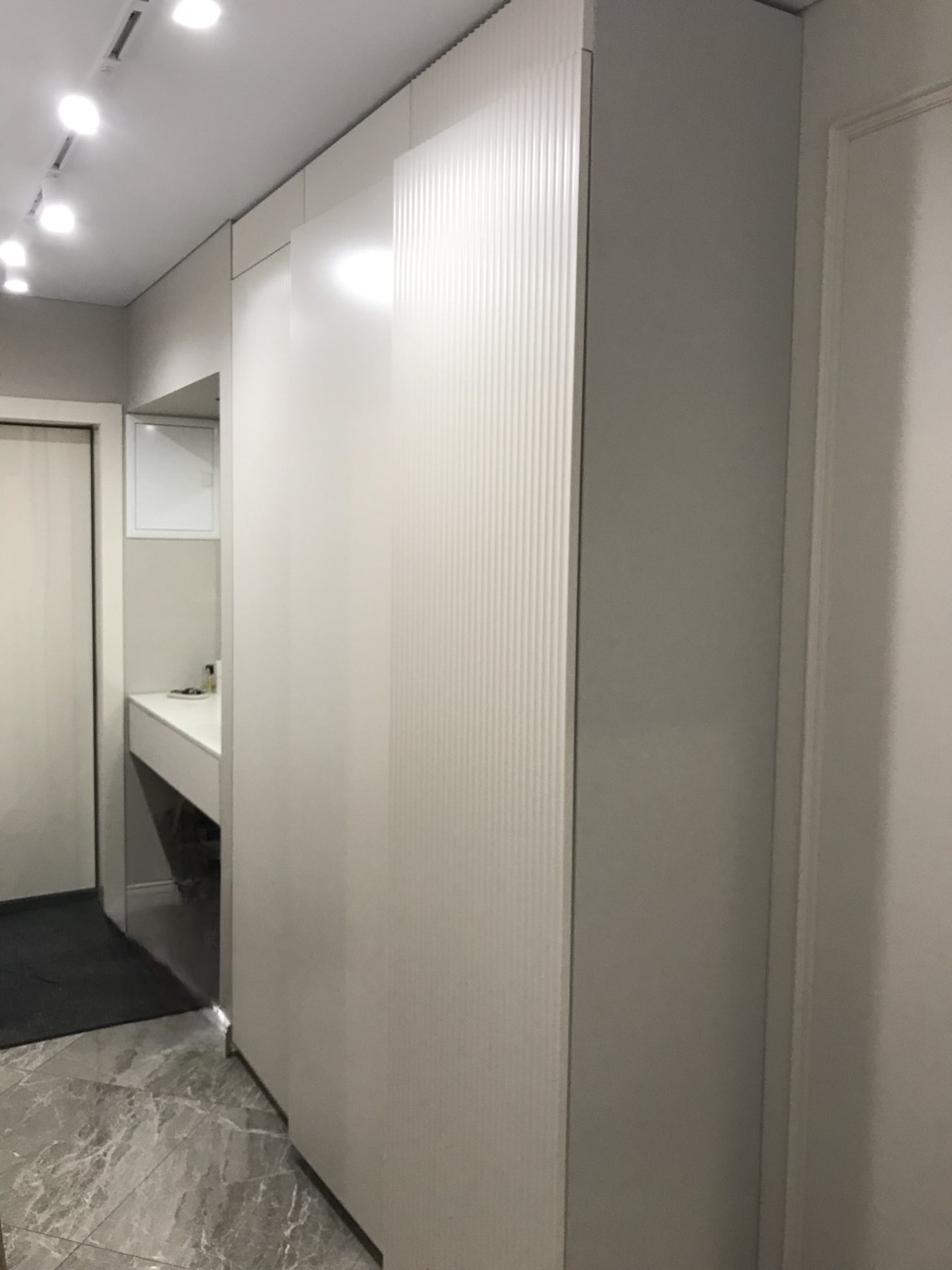
Culinary Spaces: Perfected Design
Introduction to Culinary Space Design
The kitchen is often referred to as the heart of the home, a place where culinary magic happens and where family and friends gather. The design of this space plays a crucial role in its functionality and ambiance. A perfectly designed culinary space merges aesthetics with practicality, ensuring that the kitchen is not just a place for cooking, but also for living and creating memories.
Maximizing Functionality
To achieve a high level of functionality in a culinary space, the design must focus on workflow and the efficient use of space. This involves the strategic placement of appliances and work areas to create an ergonomic environment that follows the classic 'kitchen triangle' concept. Zones for preparation, cooking, and cleaning should be established to facilitate ease of movement and to minimize clutter. Storage solutions should be both ample and accessible, with consideration for the organization of utensils, ingredients, pots, and pans.
Choosing the Right Materials
The selection of materials in a kitchen must be carefully considered not only for their beauty but also for their durability and ease of maintenance. Countertops need to withstand heat and scratches, while flooring should offer comfort and resilience against spills and traffic. Materials such as granite, quartz, hardwood, and ceramic tiles remain popular choices due to their longevity and timeless appeal. Additionally, choosing sustainable and eco-friendly materials can enhance the overall design and contribute to a healthier environment.
Lighting and Atmosphere
A well-lit kitchen is essential for both safety and ambiance. Task lighting should ensure that work surfaces are adequately illuminated, while ambient lighting can create a warm and inviting atmosphere. Accent lighting can be used to highlight architectural features or decorative elements. Incorporating natural light through windows or skylights not only enhances the mood of the space but also provides energy efficiency benefits.
Personal Touches and Trends
While functionality is key, a culinary space's design should also reflect the personality and style of the homeowner. Personal touches like a unique backsplash, colorful appliances, or eclectic cabinet hardware can make the space truly one's own. Staying abreast of design trends can provide inspiration, but it's important to balance trendiness with timelessness to ensure the kitchen's appeal lasts for years to come.
Technology Integration
Modern culinary spaces are increasingly incorporating smart technology to enhance convenience and efficiency. Appliances with Wi-Fi capability allow for remote control and monitoring, smart faucets can conserve water and reduce the spread of germs, and advanced lighting systems can adjust to the time of day or mood. Technology should be integrated in a way that improves the culinary experience without overwhelming the design or overshadowing the kitchen’s primary purpose.
The Importance of Professional Design
Creating the perfect culinary space is an art that often requires professional expertise. Interior designers and kitchen specialists can provide valuable insights into the latest innovations, materials, and layout configurations. They can also anticipate potential challenges and help to optimize the budget. A professional’s eye for detail ensures that every inch of the kitchen is sculpted to perfection, marrying form and function in a harmonious design.
Conclusion
A perfected culinary space design combines functionality, materials, lighting, personalization, and technology in a manner that makes the kitchen not just a room for meal preparation but a central and cherished part of home life. It requires thoughtful planning and execution, but the result is a space that is efficient, comfortable, and beautiful—a true reflection of the inhabitants' lifestyles and tastes.